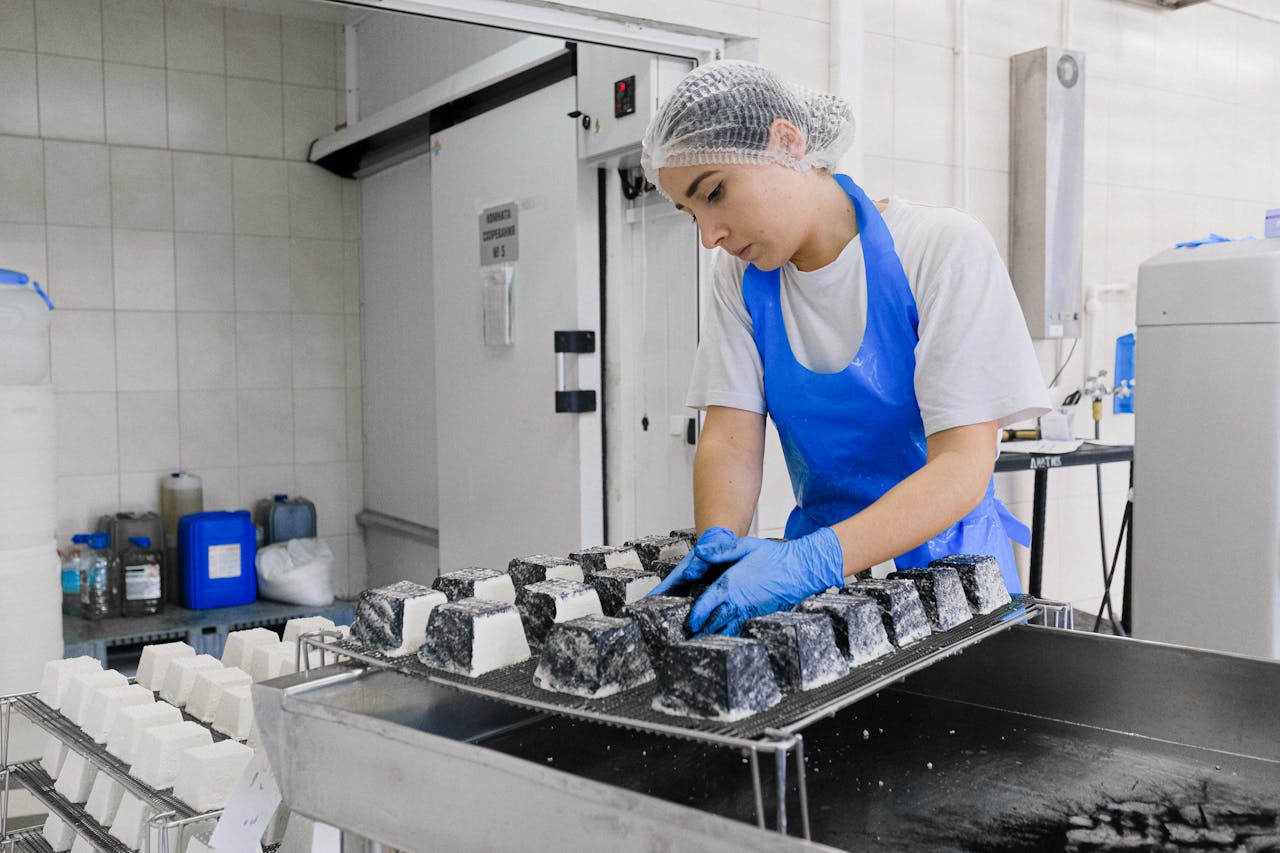Holiday Staffing Demand: Forecasting for Food Production

Here we go again. The scent of Christmas puddings, Easter chocolates, or Anzac biscuits is in the air, and for you, that means one thing: the annual production rush is upon us. It is a bit like getting ready for a big family gathering. You know a lot of people are coming, but you are not exactly sure how many, or when they will all arrive at once. In food production, this uncertainty can lead to chaos. Getting your holiday staffing demand right is not just a nice-to-have; it is the secret ingredient to a successful season.
You are on the front line, whether you are in human resources, managing operations, or supervising the production floor. You have seen what happens when you have too few hands on deck-orders get delayed, quality can slip, and your permanent staff become more frazzled than a dropped meat pie. On the flip side, having too many people standing around is like pouring money down the drain. This guide provides a straightforward approach to creating a solid workforce forecast, helping you match your team to your production schedule and smoothly handle those inevitable demand spikes.

Look to the Past to Prepare for the Future
Your company's history is more than just old paperwork; it is a crystal ball for predicting future needs. The first step in forecasting your holiday staffing demand is to become a bit of a data detective. You need to look back at your records from previous holiday seasons.
Start with your sales and production data from the last two to three years. Look at the weeks leading up to major Australian holidays like Christmas, Easter, and Australia Day. When did the orders start to pick up? When was the absolute peak? Charting this out can show you clear patterns. You might notice that the demand for pavlova bases starts climbing in early December, not the week before Christmas.
Next, examine your past staffing levels. How many people did you have working in each department during those peak times? Were you constantly scrambling for more help, or did you have people with not enough to do? This information is gold. It tells you what worked and what definitely did not. Compare your labor costs against your production output. This will help you understand how many people you truly need to produce a certain amount of product efficiently.
Keep an Eye on the Bigger Picture
Your business does not operate in a bubble. What happens outside your factory walls has a big impact on your labor needs. Think about the Australian economy. Are people feeling confident and spending more, or are they tightening their belts? A booming economy might mean more people are buying premium-grade snags for their Australia Day barbecue.
Consumer trends also play a huge part. Is there a new health craze sweeping the nation? Perhaps gluten-free lamingtons are the next big thing. Staying informed about these shifts helps you anticipate what products will fly off the shelves. Your marketing and sales teams are your eyes and ears here. They have insights into market research and what your major retail clients are planning for their holiday promotions.
Do not forget about special events. Is there a major sporting event happening? This could create unexpected demand spikes for snacks and drinks. A little bit of external awareness goes a long way in making your workforce forecast much more accurate. It is the difference between sailing smoothly and being caught in a sudden storm.
Connect Your People to Your Production Plan
Your production schedule is the recipe for your entire operation, and your staffing plan is a list of your key ingredients. The two must work together perfectly. You cannot plan one without thinking about the other.
First, you need a detailed production schedule for the holiday period. This schedule should break down what needs to be made, how much needs to be made, and when it needs to be ready. For example, it is not enough to know you need to make 100,000 fruit mince pies. You need to know that 20,000 are needed by the third week of November, 50,000 by the first week of December, and so on.
Once you have this detailed schedule, you can translate it into labor needs. How many people does it take to run the pastry line per hour? How many are needed in packing to handle 5,000 units per shift? By breaking down your production goals into smaller tasks and knowing the labor required for each, you can build a very precise picture of your holiday staffing demand. This lets you plan for specific roles, shifts, and skill sets, rather than just guessing a total number of people.
Talk to Your Teammates
Getting your staffing numbers right is a team sport. The best forecasts come from collaboration between different departments. Your sales team knows which customers are planning big promotions. Your marketing department can tell you about a new campaign that is expected to create a buzz. Your supply chain planners know if there are any potential delays with raw materials that could affect the production schedule.
Set up regular meetings in the months leading up to the busy season. Share information openly. The sales team might have just landed a huge new order that was not in the original forecast. Knowing this early allows you to adjust your staffing plan before it becomes a last-minute panic. When everyone is on the same page, you can react to changes quickly and effectively. It prevents those "if only I had known" moments that cause so much stress. Think of it as everyone in the kitchen knowing the full recipe, not just their small part of it.

Build in Some Wiggle Room
Even with the best planning in the world, surprises happen. A key piece of equipment might break down, or a customer might double their order at the last minute. That is why your staffing plan needs to be flexible. It is not about having a rigid plan set in stone; it is about having a solid framework that can bend without breaking.
One effective strategy is to have a core team of permanent staff and supplement them with a flexible workforce during peak periods. These could be casual workers you have a relationship with or people sourced through a reputable staffing agency. This approach gives you the ability to scale your workforce up or down quickly in response to real-time demand spikes.
When considering a flexible workforce, be clear about the skills you need. Do you need general production workers, or do you need people with specific food handling certifications or machine operation experience? Providing this detail helps you get the right people who can contribute from day one. This proactive approach to flexibility will save you a world of headaches when the unexpected occurs.
Use Tools to Make the Job Easier
You do not have to do all this work with a pencil and paper. There are many software tools available that can help you with your workforce forecast. These systems can analyze your historical data, identify trends, and help you model different scenarios.
For example, you could use a tool to see how a 10 percent increase in sales would affect your labor needs across different shifts. This allows you to do "what if" planning and prepare for various possibilities. These tools can take a lot of the heavy lifting out of data analysis, freeing you up to focus on the strategic side of planning. It is like having a very clever assistant who is great with numbers, allowing you to make more informed decisions about your holiday staffing demand.
By following these steps-reviewing your past, watching the market, linking staffing to production, working as a team, and staying flexible - you can face the festive season with confidence. You will have the right number of people in the right places at the right time, ensuring your production runs like a well-oiled machine. And that means a happier team, satisfied customers, and a much less stressful holiday season for you.